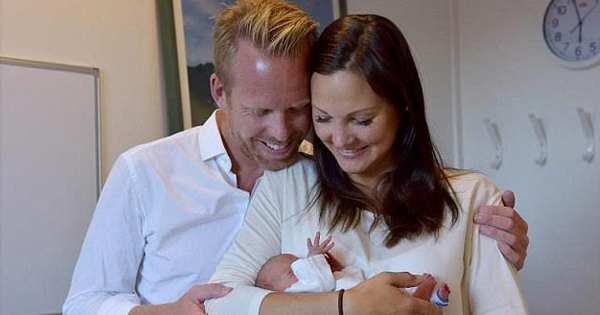When Malin Stenberg was 15, her doctors discovered that she suffered from MRKH Syndrome; the genetic condition meant that she had been born without a womb, and she was told that she would never be able to have a child of her own. “It was so unfair,” Stenberg said, “I loved kids and babies and I wanted to know what I had done to deserve this. I felt so alone.”
Stenberg had resigned herself to a childless life – until she met her fiancé, Claes Nilsson, who made it his goal to create a family with Stenberg, whether it was through adoption or surrogacy. Three years ago, Nilsson and Stenberg joined a womb transplant project at Gothenburg University in Sweden.
Gothenburg’s womb transplant program allowed nine women, including Stenberg, to accept donated wombs. While the eight other women received donations from their mothers, Stenberg’s womb came from her 61-year-old family friend, Ewa Rosen.
After Stenberg’s successful womb transplant, she underwent in vitro fertilization and was fortunate enough to become pregnant the first time. Through the pregnancy, Stenberg and Nilsson “walked on eggshells,” hoping that everything would go smoothly.
Although Stenberg’s son was ultimately born two months premature, Vincent became the first successful birth following a womb transplant procedure. The happy parents explained that they had chosen the name “Vincent” for its Latin root, which means “to conquer” – a fitting name to capture the long, unlikely process of their son’s birth. Vincent and parents are visited often by his godmother, and the woman who made all of this possible: Mrs. Rosen.
After Vincent joined the family, Stenberg has declared, “Total happiness comes from having a family, and it doesn’t matter if it is through womb transplant, or adoption or something else. It is magical.” Since Vincent’s successful birth, four more children have been born, and similar programs are now being established in several other countries around the world.





